Optimal Timing for Waterproofing Projects
Proper timing is essential for effective waterproofing projects. The optimal period depends on weather conditions, temperature, and humidity levels that influence the application and curing process. Generally, dry and mild weather ensures the best results, preventing issues like improper adhesion or incomplete curing.
Spring offers moderate temperatures and lower humidity, making it ideal for waterproofing applications before heavy rains.
Early summer provides warm, dry days suitable for waterproofing, especially in regions with unpredictable spring weather.
Late summer can be suitable if weather remains dry, but high temperatures and humidity may affect curing times.
Winter is generally unsuitable for waterproofing due to cold temperatures and potential for snow or ice, which hinder adhesion and curing.
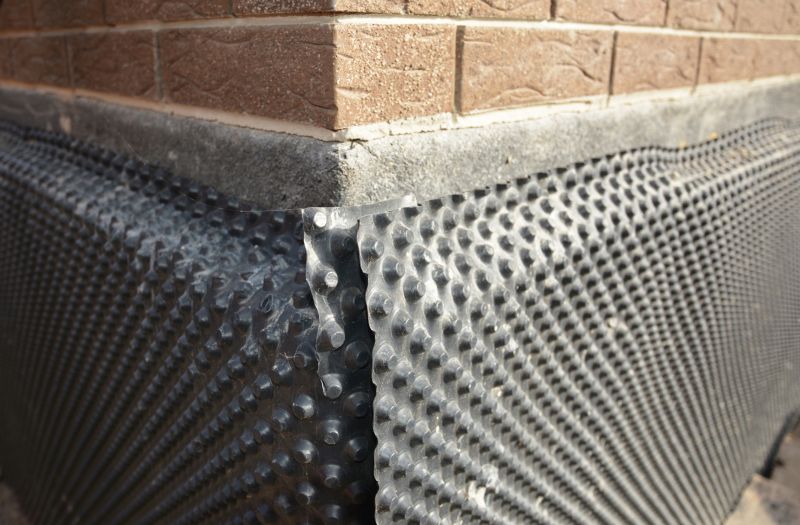
Ways to make Waterproofings work in tight or awkward layouts.
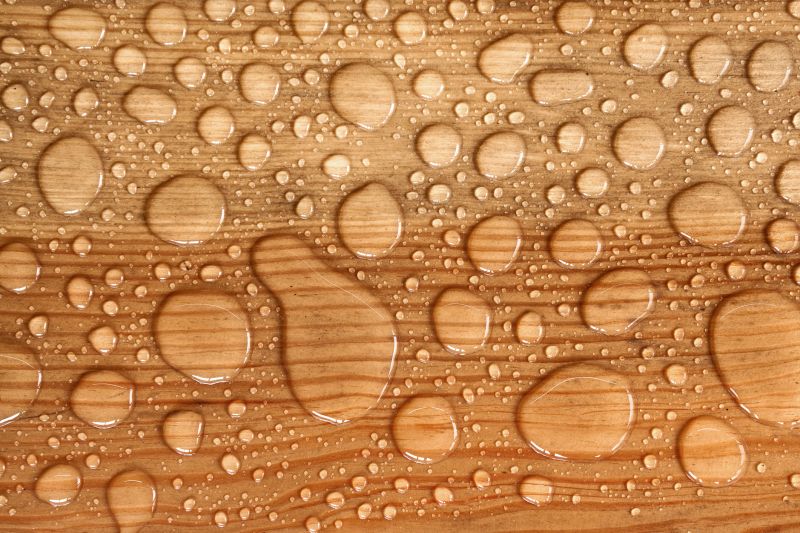
Popular materials for Waterproofings and why they hold up over time.

Simple add-ons that improve Waterproofings without blowing the budget.

High-end options that actually feel worth it for Waterproofings.
Waterproofings are essential for protecting structures from water intrusion, which can cause significant damage over time. Proper waterproofing enhances durability, prevents leaks, and maintains structural integrity. Different waterproofing methods, such as membrane applications, sealants, and coatings, are suited for various surfaces and conditions. Statistics indicate that timely waterproofing can reduce repair costs by up to 40 percent and extend the lifespan of buildings.
Environmental factors like temperature fluctuations, rainfall, and humidity directly impact the effectiveness of waterproofing materials. Applying waterproofing during optimal weather conditions ensures better adhesion and longer-lasting results. It is advisable to schedule waterproofing projects during seasons with stable, dry weather to avoid disruptions and ensure complete curing.

Finishes and colors that play nicely with Waterproofings.
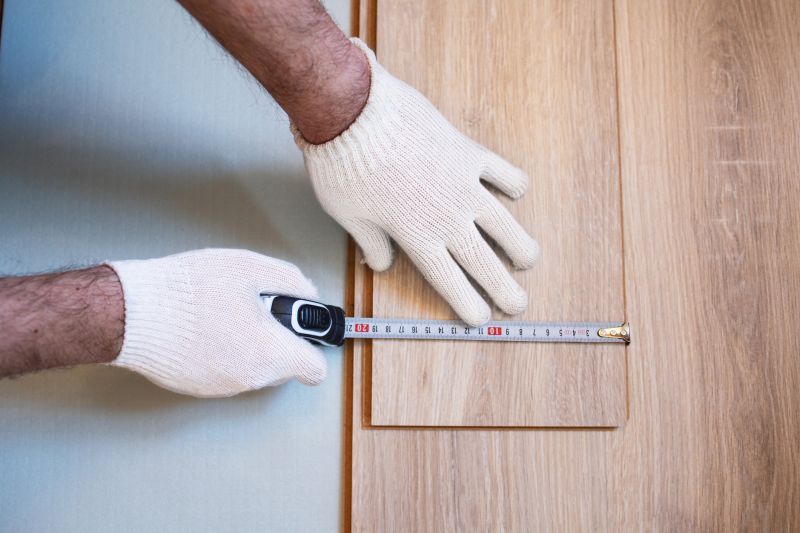
Little measurements that prevent headaches on Waterproofings day.
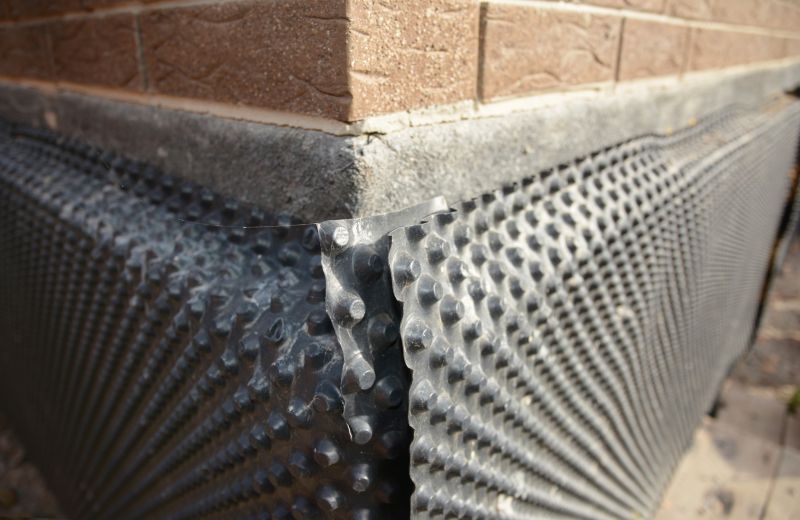
A 60-second routine that keeps Waterproofings looking new.
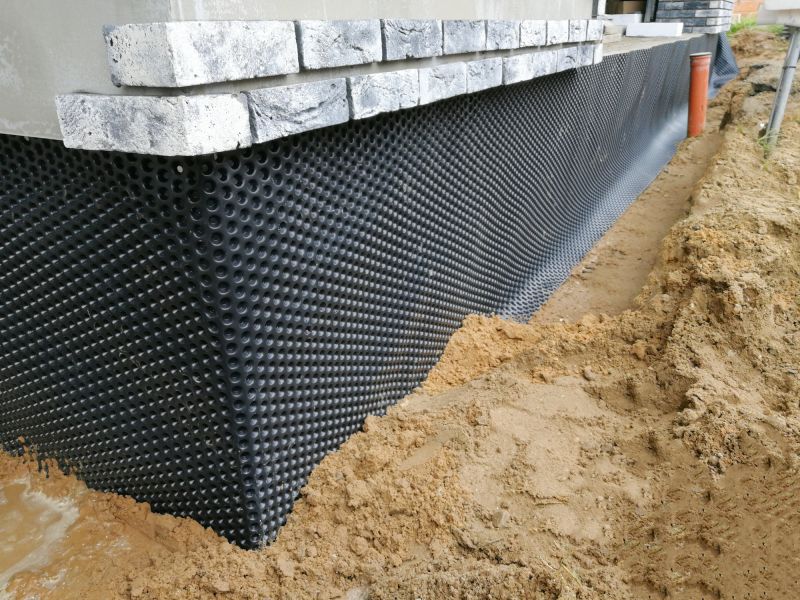
A frequent mistake in Waterproofings and how to dodge it.
| Season | Recommended Conditions |
|---|---|
| Spring | Moderate temperatures, low humidity, dry days |
| Early Summer | Warm, dry weather, stable temperatures |
| Fall | Cooler temperatures, less moisture, dry conditions |
| Winter | Cold temperatures, snow, and ice make it unsuitable |
Choosing the appropriate time for waterproofing ensures the longevity and effectiveness of the application. Proper scheduling aligned with seasonal weather patterns can prevent common issues such as peeling, cracking, or incomplete curing. Consulting with waterproofing professionals can help determine the best window based on local climate conditions.

Small tweaks to make Waterproofings safer and easier to use.
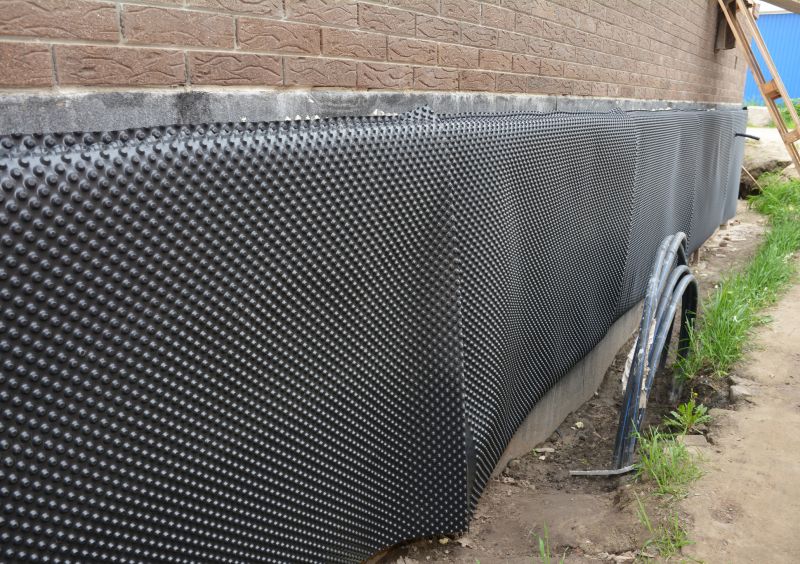
Lower-waste or water-saving choices for Waterproofings.

The short, realistic tool list for quality Waterproofings.
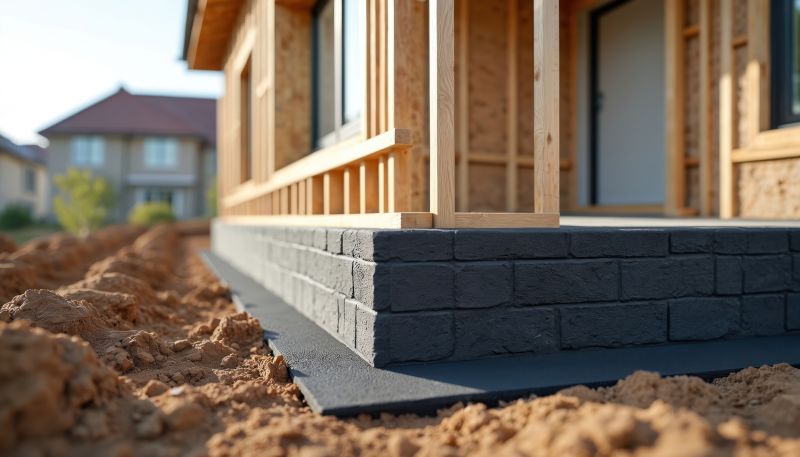
Rough timing from prep to clean-up for Waterproofings.
Interested in waterproofing services? Filling out the contact form can provide further information and assistance in scheduling projects during optimal seasons. Proper planning and execution can significantly improve the durability and water resistance of structures, protecting investments and reducing future repair costs.


